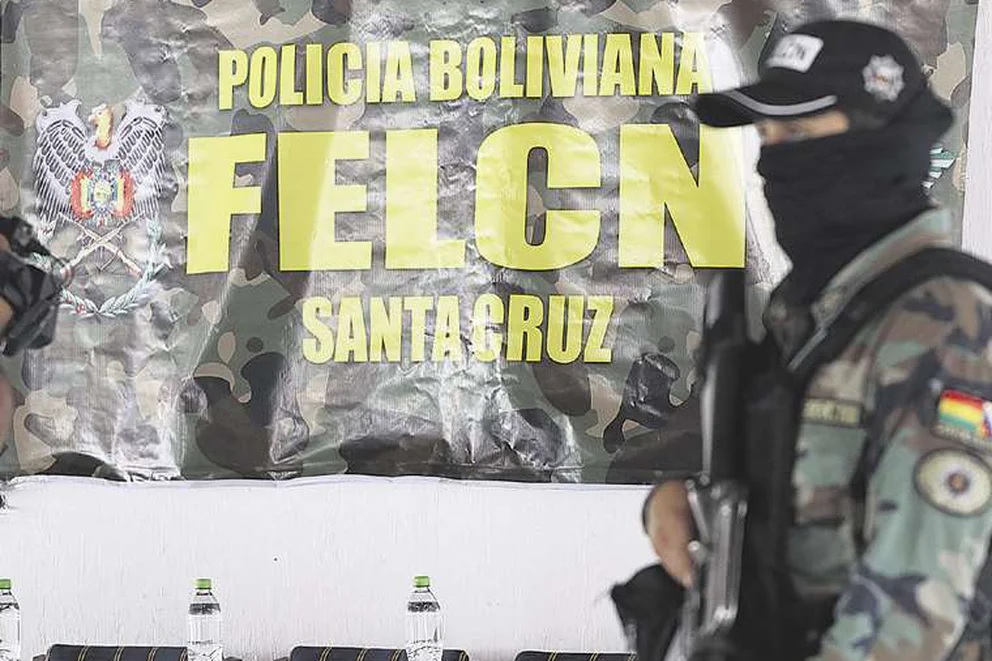Eight young pilots have died this year while flying drugs in small planes to neighboring countries after departing from one of the 1,000 clandestine airstrips operating in Bolivia.
The pilots have graduated from one of the 22 pilot schools in Santa Cruz, and some choose to work in drug transport, earning between US$5,000 and US$10,000 per trip.
The mayor of Cabezas in Santa Cruz, Omar Rosales, asks the national authorities to stop this lack of control after the crash of two planes in a month in his town, the last one with 74 kilos of drugs.

This fleet of planes, the largest that has ever existed in Bolivia, lost 159 aircraft in the last two months, which were detained by the anti-drug forces.
Far fewer planes had the drug trafficker Roberto Suarez in the 80s when he said he had more aircraft than the Bolivian Air Force, in addition to offering to pay the foreign debt, which amounted to US$5 billion.
The drug trade is now run by cartels and not by provincial drug traffickers as Suarez was, and the fleet he has is immense, judging by the number of planes that fall or are retained.
Some of the drug loads are dropped by parachutists when they have not been able to land due to fuel problems.
The pay received by the pilots of these planes was, until three years ago, US$15,000, but now so many are interested in the job that it dropped to US$5,000.
In 2014, the pilots earned even more because the drug traffickers were determined to create a large stock of drugs in Brazil to meet the demand for the World Cup.
The cities where the matches would be played were well supplied with drugs by this organization, showing its high management capacity.
Now, the commitments to meet the demand from Africa and Europe oblige the drug traffickers operating in Bolivia to have enough drugs.
In addition, the commitments to deliver the cargo to the Brazilian PCC and the Calabrian mafia have become very tense. Last week, five policemen who had captured two women carrying 70 kilos of cocaine were attacked by a mob in Chapare, beaten, and abandoned.
According to the anti-drug police, the southern department of Tarija has become the territory where clandestine airstrips serve the drug planes that must take the drugs to Argentina or Paraguay.
Every year, 12,000 tons of coca leaves pass through Tarija to Argentina to meet the demand of those who consume it by chewing it. However, the volume seems very large, and it is believed this coca could also serve as raw material for factories in that country.
The overland drug routes are also bustling. The routes from Chapare to Brazil carry drugs accompanied by all kinds of products, which must serve as a screen.
Large trucks carry sand from Chapare to Santa Cruz, 350 kilometers away, to sell it cheaper than local sand.
There are also caravans of trucks carrying urea from Chapare to the Brazilian border. It is believed that the urea factory was placed in Chapare by the government of Evo Morales on purpose when it could have been installed near the border instead.
With information from Infobae

